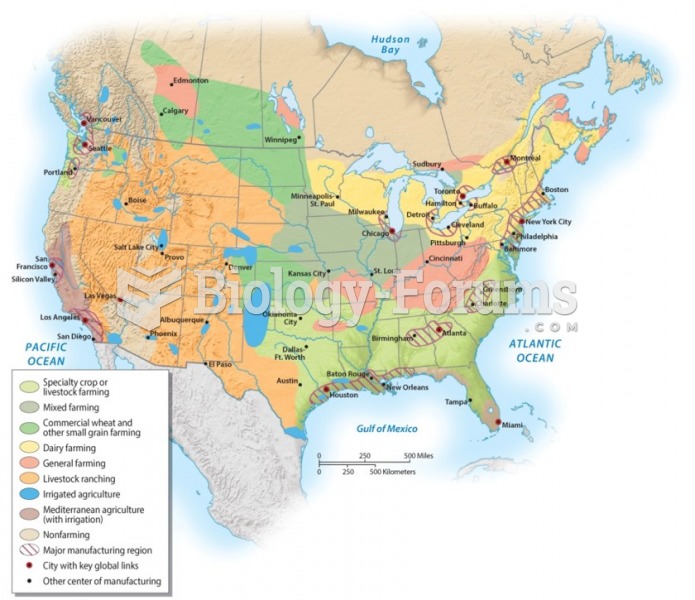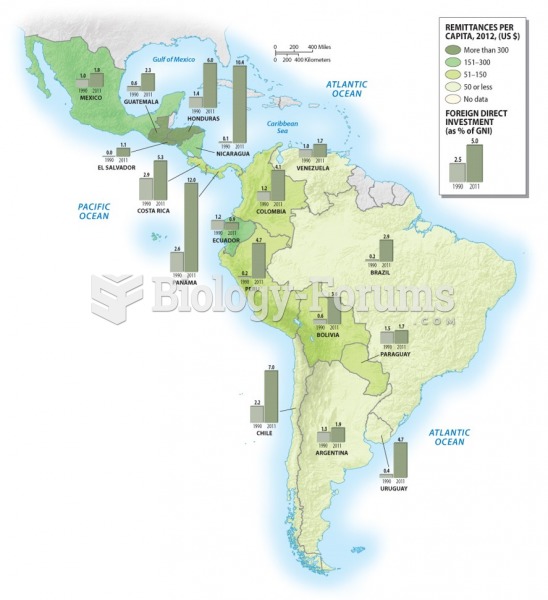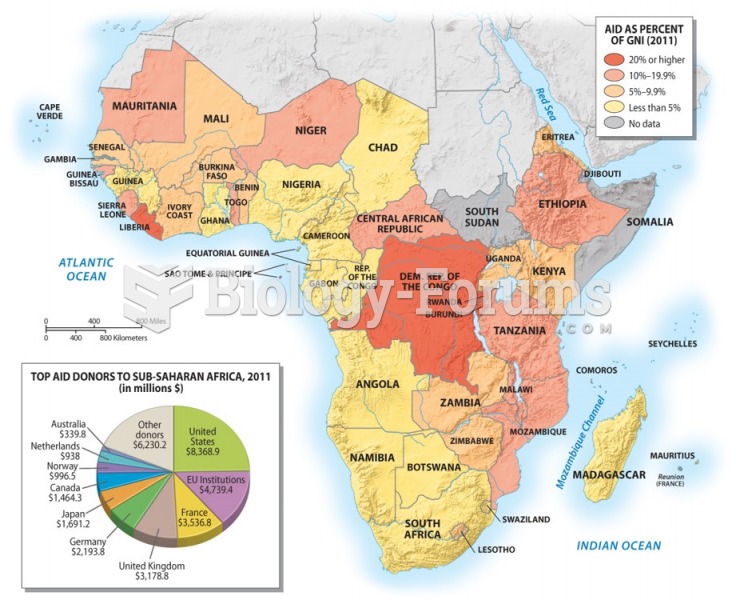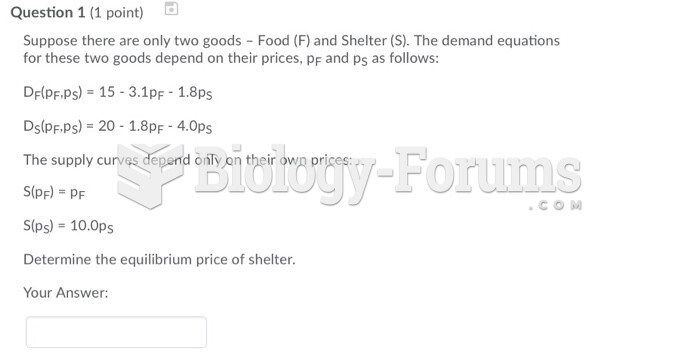Answer to Question 1
Five principle types of economic utility add value to a product or service. Included are form, time, place, quantity, and possession. Generally, production activities are credited with providing form utility; logistics activities with time, place, and quantity utilities; and marketing activities with possession utility.
Form or Transformation Utility refers to the value added to the goods through a manufacturing or assembly process. For example, such utility results when raw materials or components are combined in some predetermined manner to produce a finished product. This is the case, for example, when Dell combines components along with software to assemble a computer to a customer's specifications. The process of combining these different components represents a change in the product form that adds value to the finished product.
Place Utility
Logistics provides place utility by moving goods from production points to markets WHERE demand exits. Logistics extends the physical boundaries of the market area, thus adding economic value to the goods. Logistics creates place utility primarily through transportation. For example, moving Huggies diapers from a Kimberly-Clark manufacturing facility in Wisconsin by motor carrier to markets where consumers need these diapers creates place utility. The market boundary extension, added by place utility, increases competition, which often leads to lower prices and increased profit opportunities through economies of scale.
Time Utility
Not only must goods and services be available where customers need them but also at the time when customers or need them. Time utility is the economic value added to a good or service by having it at a demand point at a specific time when it is needed. Logistics creates time utility through proper inventory maintenance, the strategic location of goods and services, and transportation. For example, having heavily advertised products and sale merchandise available in retail stores at the time promised in the advertisement or being able to supply products when there is an emergency are good examples of time utility. Time utility is much more important today because of the emphasis on reducing lead time and minimizing inventory levels through logistics-related strategies to improve cash flow.
Quantity Utility
Today's global competition requires that products not only be delivered on time to the correct destination but also be delivered in the correct quantities to minimize inventory cost and prevent stock-outs The utilities of when and where must be accompanied by how much. Delivering the proper quantities of an item to where it is demanded provides quantity utility. For example, assume that General Motors will be assembling 1,000 automobiles on a given day and is using a JIT inventory strategy. This will require that 5,000 tires be delivered to support the automobile production schedule. Assume that tire supplier only delivers 3,500 tires on time at the correct location. Even though the when and where utilities are created, the how much utility is not. Thus, GM will not be able to assemble the 1,000 cars as planned. Logistics must deliver products at the right time, to the right pace, and in the right quantities to add utility and economic value to a product. All three are obviously interrelated.
Possession utility is primarily created through the basic marketing activities related to the promotion and sales of products and services. Promotion can be defined as the effort, through direct and indirect contact with the customer, to increase the desire to possess a good or benefit from a service. The role of logistics in the economy is related to and supports possession utility; time, place, and quantity utilities make sense only if demand for the product of service exists. Marketing also depends on logistics, since possession utility cannot be accomplished unless time, place, and quantity utilities are provided.
Answer to Question 2
False







